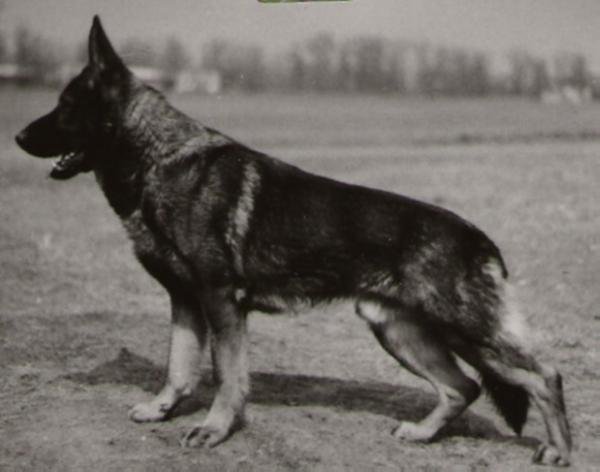History of the GSD in different regions of Europe.
The Kennel Z Pohranicni straze (zPS) was founded in the year 1955 for the purpose of producing and training the dogs used for the protection of Czechoslovakian People’s Republic’s, since 1968 Czechoslovakian Socialist Republic’s borders. Most of the dogs were acquired from former East Germany (DDR) as well as other regions that carried the suitable structure, health, and temperament required for the high physical and mental demands during deployment.
The breeding program, established in 1956, had been under the direction of Mr. Jiri Novotny since 1981, who was also the director of training. The foundation of this breeding program was primarily focused on strengthening the bone structure, rich pigmentation, strong nerves, courage, and willingness to work for its handler.
These dogs and their handlers were handling 20-30 apprehensions a day. Though in 80-90% of encounters, the suspects would give up upon the site of a czech police/border patrol team, these dogs were routinely called upon to search for suspects as well as defend their handlers. These dogs had to function at the highest of levels with the utmost reliability on a daily basis.
After the retirement of Mr. Novotny in 2001 from the Czech police, the name of the kennel changed, and it is now longer z Pohranicni straze. The name was replaced by new kennel name “od Policie Ceske Republiky”. Mr. Novotny was able to pull from these bloodlines for his private breeding program. He has unfortunately since passed away, but his legacy lives on through his life’s work, breeding some of the finest working dogs this world has ever known.
Pohranicni Straze
Xac z Porahnicni Straze
Titus z Porahnicni Straze
Mambo z Pohranicni Straze
East German Shepherds originate from the Deutsche Demokratische Republik or “DDR” (1949-1990). Generations of true “DDR” bloodlines are limited to a span of about forty years of breeding in the former East Germany. DDR dogs have a strong, solid, lean, muscular body, heavy bone construction and a massive head. They have deep dark pigmentation with a dense thick coat suited for the harshest elements. These dogs have a strong temperament and working capacity for police work, search and rescue, and many other tasks that require a balanced dog with brains, strength, and courage. Also, DDR German Shepherds have a very low rate and severity of hip dysplasia and high overall health standards. The concept is a well-structured, perfectly balanced dog capable of performing at the highest levels on and off the battlefield. From active family companion to enduring the harshest climates with the toughest jobs, this type should perform.




